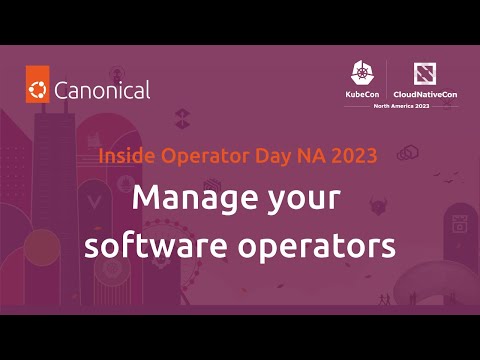
Started by Google a couple of years ago, Kubeflow is by design an end-to-end MLOps platform for AI at scale. Canonical has its own distribution, Charmed Kubeflow addresses the entire machine-learning lifecycle. It is, in fact, a suite of tools, such as Notebooks for training, Pipeline for automation, Katib for hyperparameter tuning or KServe for model serving, and more.
Charmed Kubeflow benefits from a wide range of integrations with other tools such as MLFlow, Spark, Grafana, and Prometheus.
MLFLow, on the other hand, celebrated last year 10 million downloads, being a very popular solution when it comes to machine learning. Started initially with a core function, the tool has nowadays four conceptions that include model registry or experiment tracking.
So, which one should you choose for Machine Learning Operations?
Kubeflow vs MLFLow is a panel discussion with Maciej Mazur – AI/ML Principal Engineer at Canonical, Kimonas Sotirchos – Kubeflow Community Working Group Lead and Engineering Manager at Canonical about:
* Production-grade MLOps
* Open-source MLOps
* Community-driven ML tooling
* Kubeflow vs MLFlow; Pros and Cons











